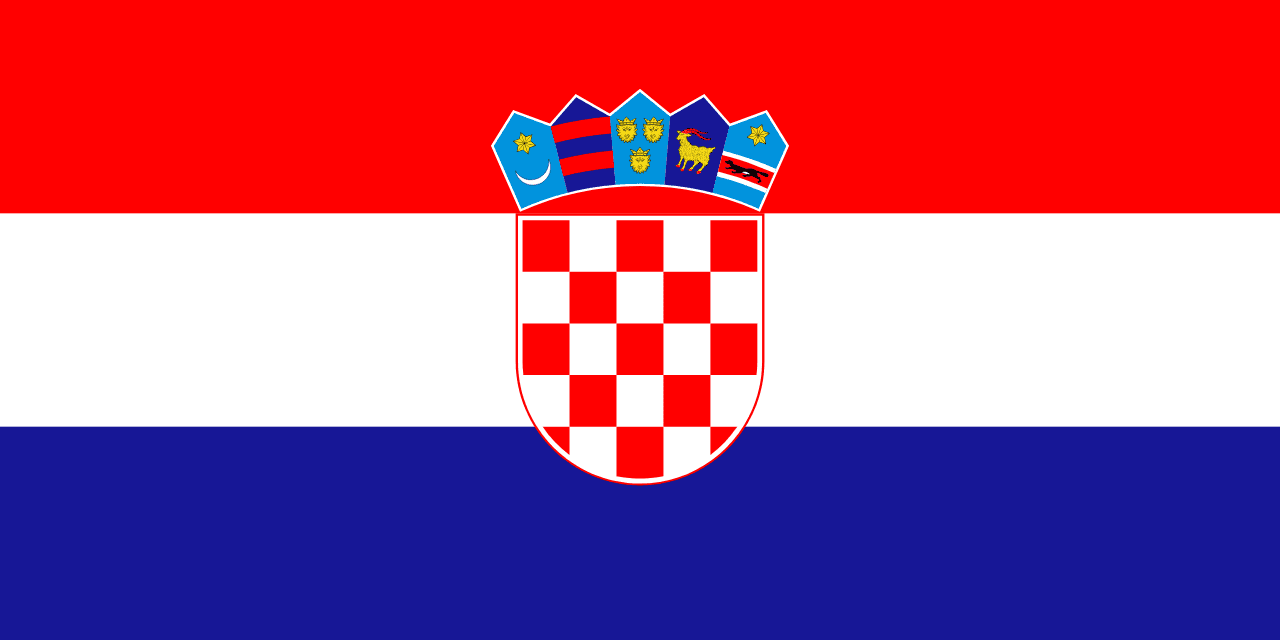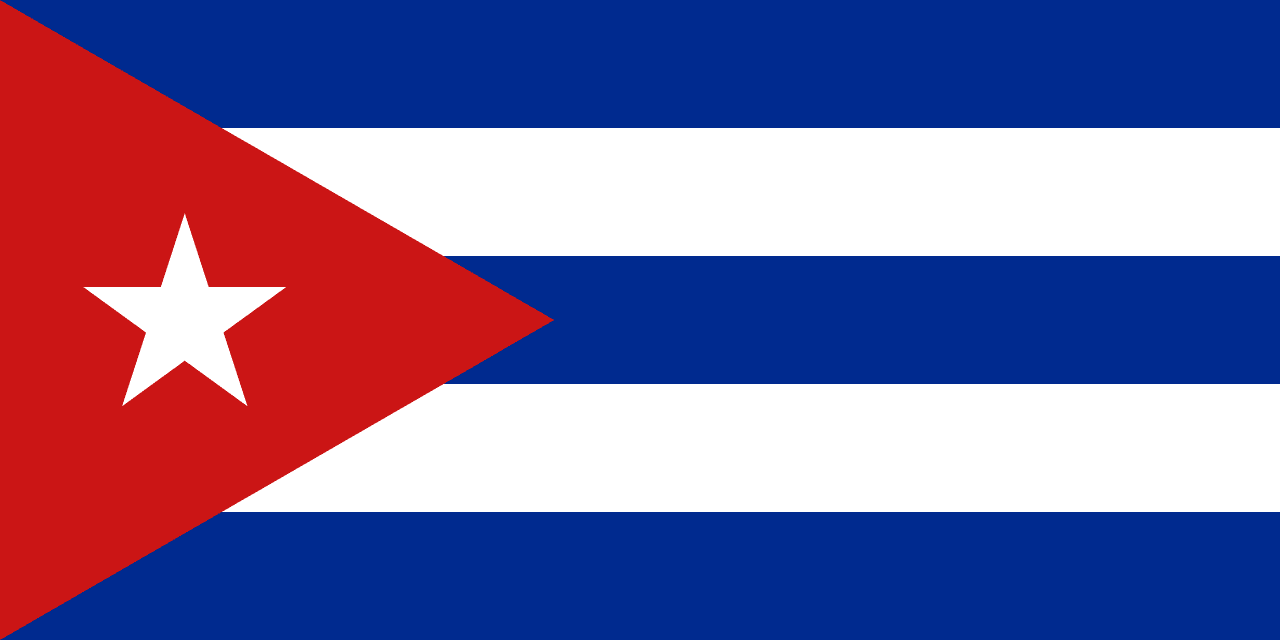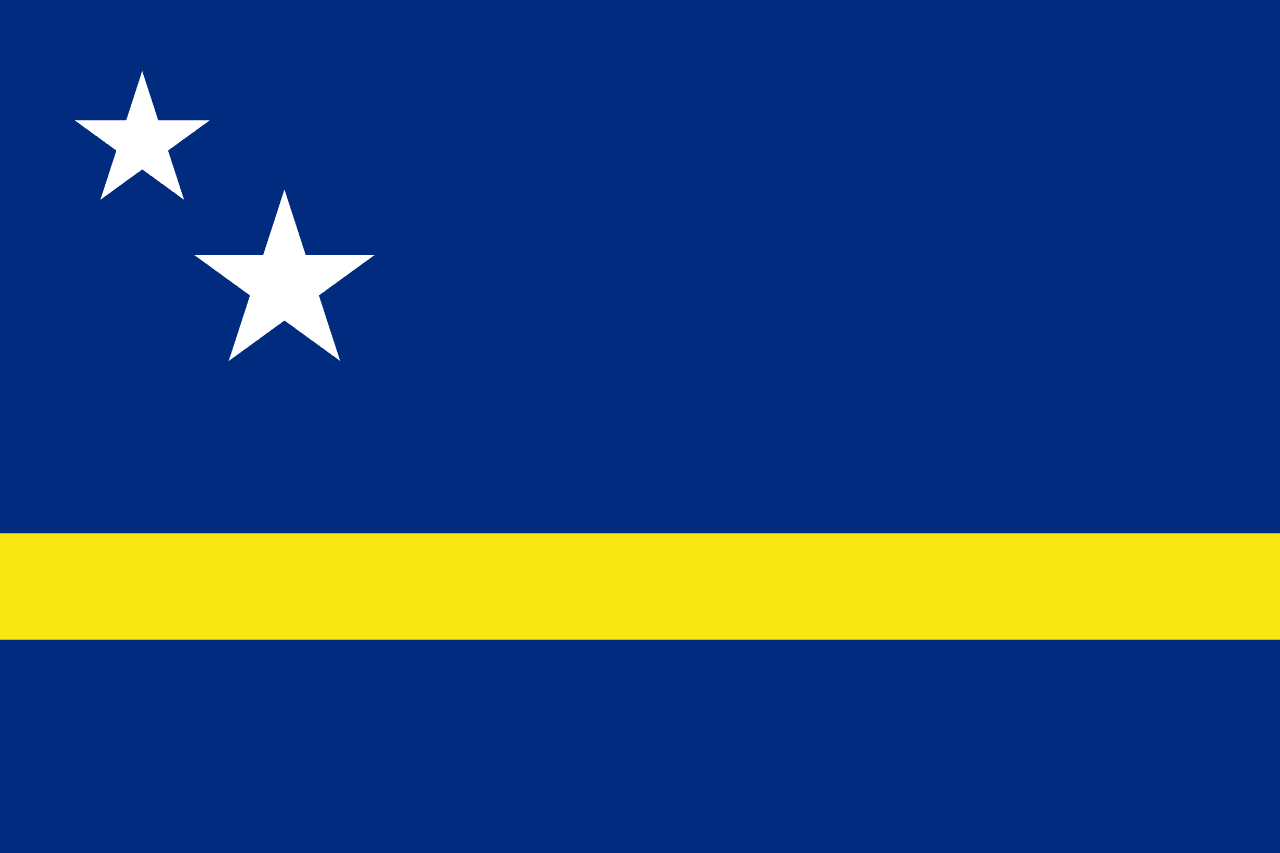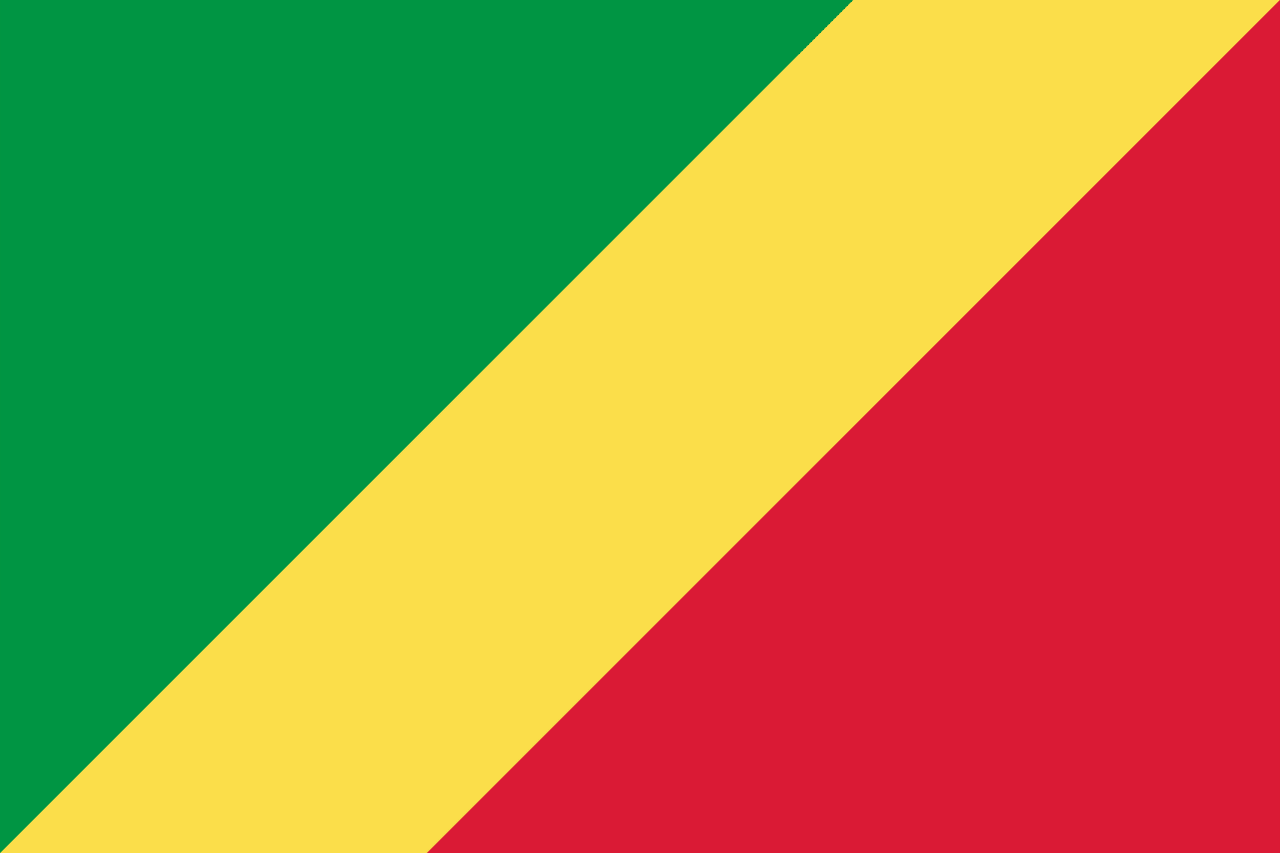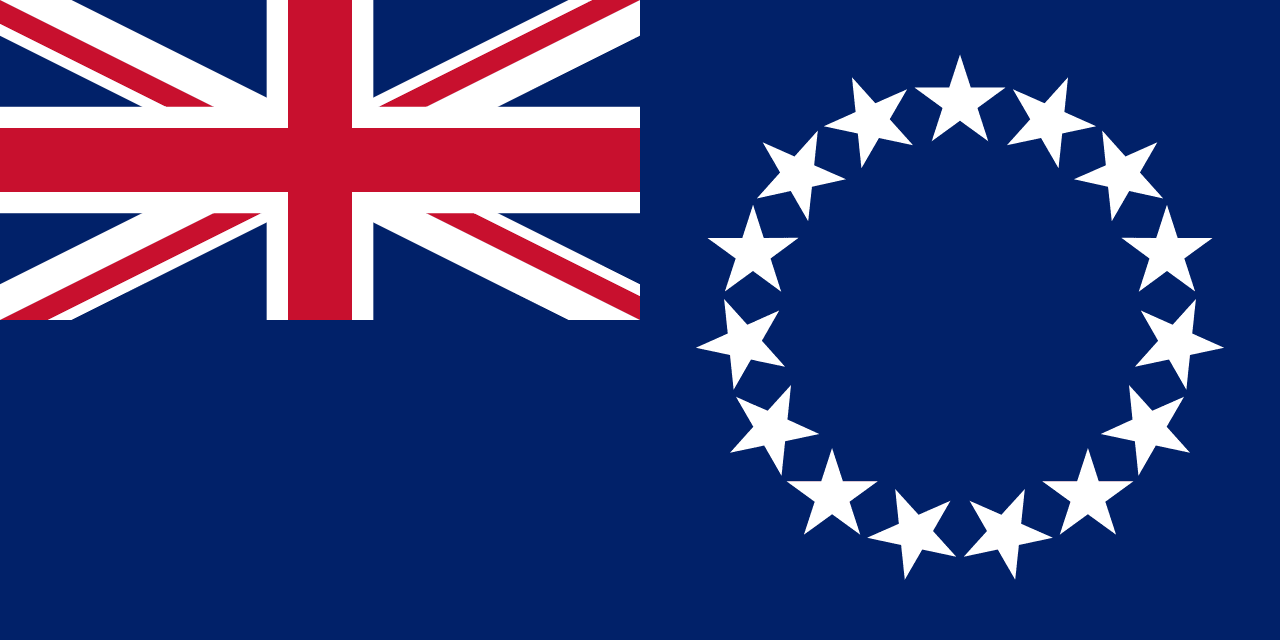The flag of Côte d'Ivoire consists of three equal vertical bands of orange, white, and green. This tricolor design is both simple and striking, reflecting the nation's identity and aspirations. The flag's colors and arrangement hold deep symbolism tied to the country's geography, culture, and history.
Côte d'Ivoire information
| National Flag Day | — |
| Sovereign state | Yes |
| Official name | Republic of Côte d'Ivoire |
| Capital | Yamoussoukro |
| Population | 26,378,000 |
| Area | 322,463 km² |
| Currency | West African CFA franc (XOF) |
| Language | French |
| Continent | Africa |
| Region | West Africa |
| Subregion | — |
| Borders | Liberia, Guinea, Mali, Burkina Faso, Ghana |
| Timezone | Greenwich Mean Time (GMT) UTC±0 |
| Calling code | +225 |
| Top-level domain | .ci |
History of the Ivorian Flag
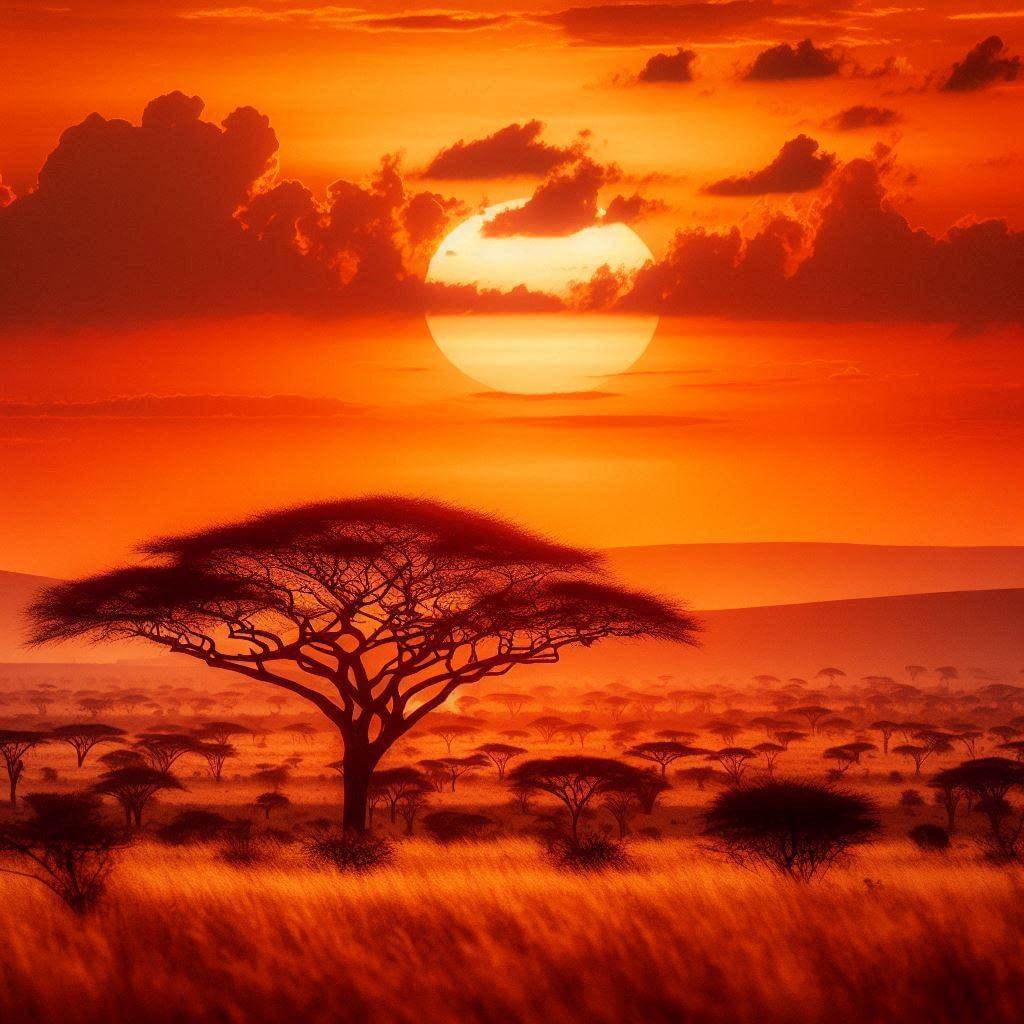 The flag of Côte d'Ivoire was officially adopted on December 3, 1959, just before the country gained independence from France in 1960. The design was created to represent the newly forming nation and its diverse population. Interestingly, the flag's resemblance to the Irish flag is coincidental, as the colors were chosen for their specific significance to Côte d'Ivoire.
The flag of Côte d'Ivoire was officially adopted on December 3, 1959, just before the country gained independence from France in 1960. The design was created to represent the newly forming nation and its diverse population. Interestingly, the flag's resemblance to the Irish flag is coincidental, as the colors were chosen for their specific significance to Côte d'Ivoire.
Symbolism and Design of the Ivorian Flag
Each color of the Ivorian flag carries profound meaning, reflecting the nation's geography, aspirations, and cultural values:
- Orange: Represents the savanna grasslands of the northern regions, symbolizing the fertility of the land and the country's agricultural wealth.
- White: Symbolizes peace, unity, and purity. It represents hope for harmony among the diverse ethnic groups within Côte d'Ivoire.
- Green: Represents the lush forests of the southern regions, symbolizing hope for the future and the country's abundant natural resources.
The vertical arrangement of the stripes is significant, emphasizing the unity of the nation from north to south. This design choice reflects the desire to bridge regional and ethnic divides within the country.
Usage and Significance of the Ivorian Flag
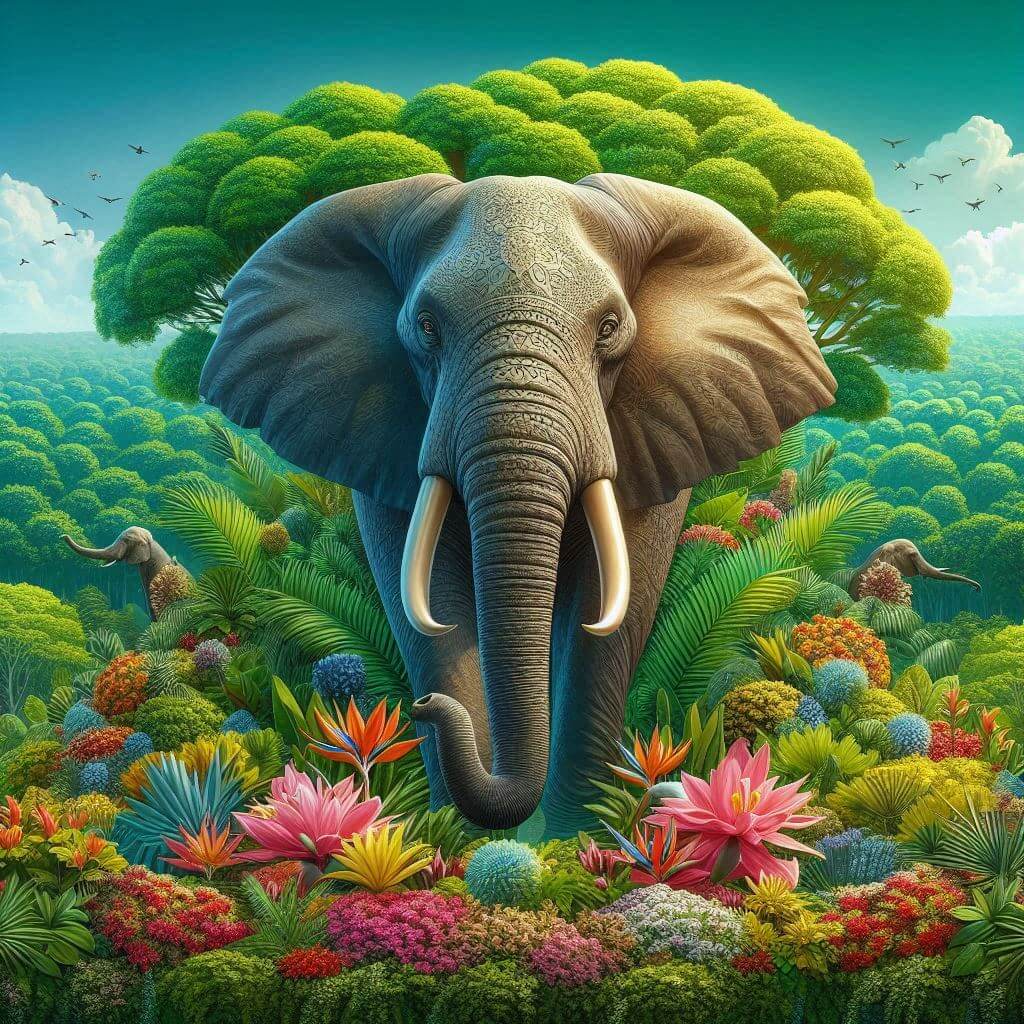 The flag of Côte d'Ivoire is a powerful symbol of national identity and pride. It is prominently displayed on government buildings, schools, and public institutions. During national holidays and celebrations, such as Independence Day on August 7, the flag is widely flown by citizens, reinforcing a sense of unity and patriotism.
The flag of Côte d'Ivoire is a powerful symbol of national identity and pride. It is prominently displayed on government buildings, schools, and public institutions. During national holidays and celebrations, such as Independence Day on August 7, the flag is widely flown by citizens, reinforcing a sense of unity and patriotism.
In international contexts, the flag represents Côte d'Ivoire at diplomatic events, United Nations gatherings, and global sporting competitions. It serves as a visual ambassador for the country, instantly recognizable on the world stage.
Interesting Facts About the Ivorian Flag
- The Ivorian flag is often referred to as "Le drapeau tricolore" (The tricolor flag) in French, the official language of Côte d'Ivoire.
- Despite its similarity to the Irish flag, the Ivorian flag's colors are arranged in reverse order (orange-white-green vs. green-white-orange).
- The flag has remained unchanged since its adoption, a testament to its enduring symbolism and acceptance among the Ivorian people.
- In Ivorian culture, the flag is often incorporated into traditional clothing and art, showcasing the integration of national identity with cultural expression.
- The flag's design influenced other West African nations, inspiring similar tricolor patterns in the flags of Niger and Mali.
